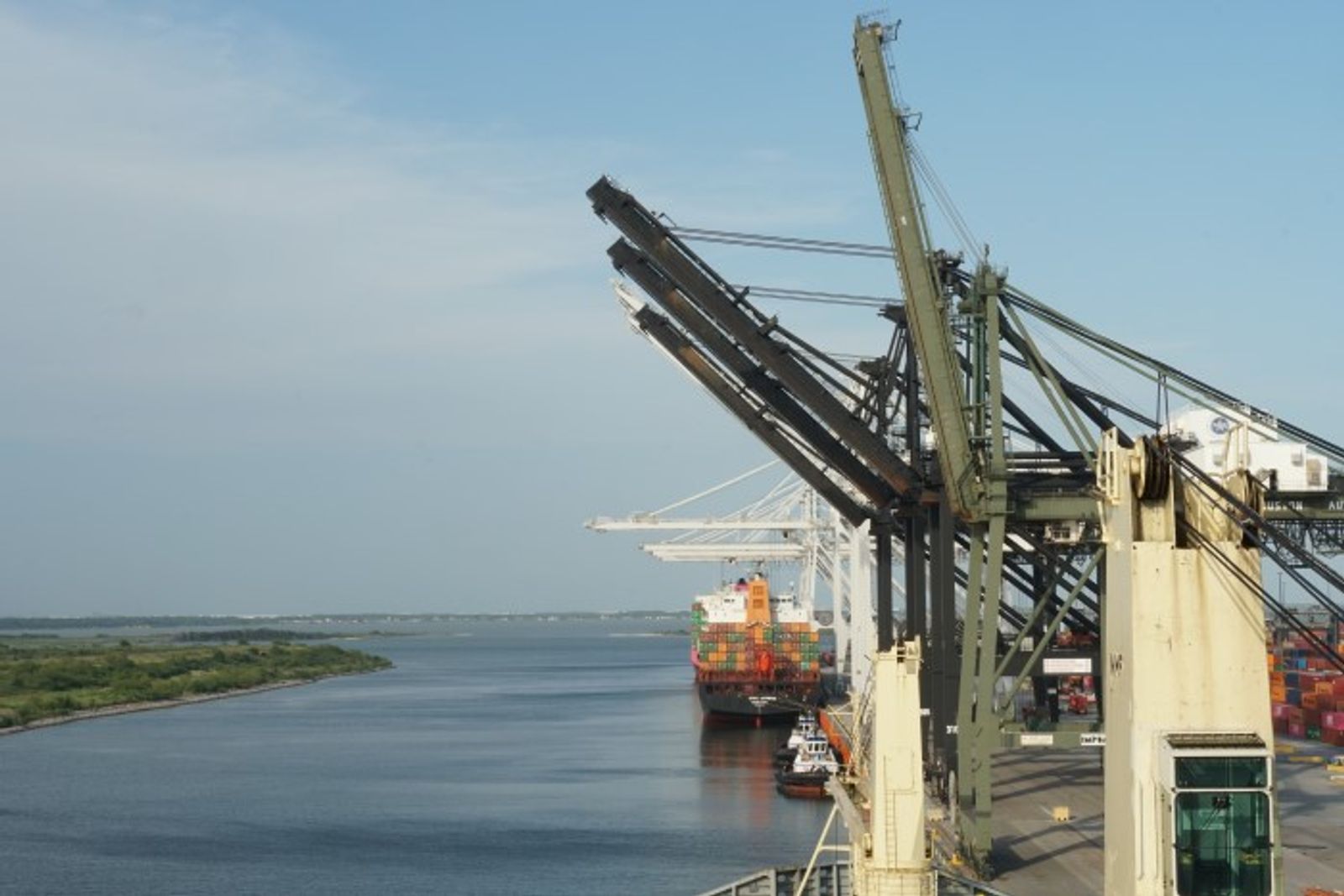
US ports face almost $7 billion in tariff costs under the Trump administration's proposed levy on Chinese container cranes, according to the American Association of Port Authorities (AAPA), which has joined other stakeholders in calling for a delay to allow a domestic crane industry to develop before cutting China out of the market.
AAPA delivered the estimate in prepared comments ahead of a hearing on Monday on the new tariffs at the United States Trade Representative (USTR). The USTR in April unveiled the proposed tariffs on Chinese-made cranes, containers, chassis and similar equipment as part of its one-year-old investigation into China’s dominant market share of the maritime, logistics and shipbuilding industries.
The investigation, begun under the Biden administration at the request of several US trade and manufacturing unions, has already resulted in a new tariff to be assessed on Chinese ships and ocean carriers calling the US beginning in October.
AAPA said 44 of the 55 cranes currently on order by US ports are being made in China. Over the next 10 years, US ports need to purchase another 151 container cranes, with 121 of those due to come from China, AAPA said.
Those current and future orders total about $2.5 billion, AAPA said. If the tariffs on container equipment — up to 100% — are added to existing tariffs on Chinese imports, US ports will pay $6.7 billion in tariffs, according to the group.
As an example, AAPA said the Port of Houston is scheduled to receive eight cranes from Shanghai Zhenhua Heavy Industries (ZPMC), China's leading manufacturer, in the spring of 2026.
Houston would be forced to pay $304 million in tariffs on that order if the fees are imposed, AAPA said, adding“that means over $300 million not invested in infrastructure projects at one of the nation's largest ports.”
AAPA asked that any cranes ordered before April be exempt from the tariffs.
“American ports need these cranes now, but they simply cannot afford [the] unexpected costs,”AAPA said.“They cannot back out of these purchases.”
‘Significant strain’
The Port Authority of New York and New Jersey said its marine terminal operators, which have over 70 cranes, are currently planning to purchase more. With ZPMC the source for over half of the port's cranes, the tariffs would“result in a significant strain on the local and national maritime industry,”the port said.
Even if a port did not contract with ZPMC, orders with other crane manufacturers in Europe and Asia would also likely face the tariffs because part of their manufacturing is done in China or uses Chinese components, the National Association of Waterfront Employers (NAWE) said in its prepared comments to the USTR.
While the Biden administration earmarked $20 billion in incentives last year for developing US crane manufacturing, AAPA and NAWE said that effort will take a long time to develop due to the lack of skilled welders and the reliance on Chinese manufacturers for subassemblies and other crane components. Both groups urged the USTR to delay the implementation by two to three years to allow a US-based crane industry to develop.
“Currently, existing suppliers have a lead time of about two years for new orders of STS cranes,”AAPA said.“We can therefore assume that it will take at least that long for the first American STS cranes to roll off the assembly line, and that is if final investment decisions in new factories were made today.”

